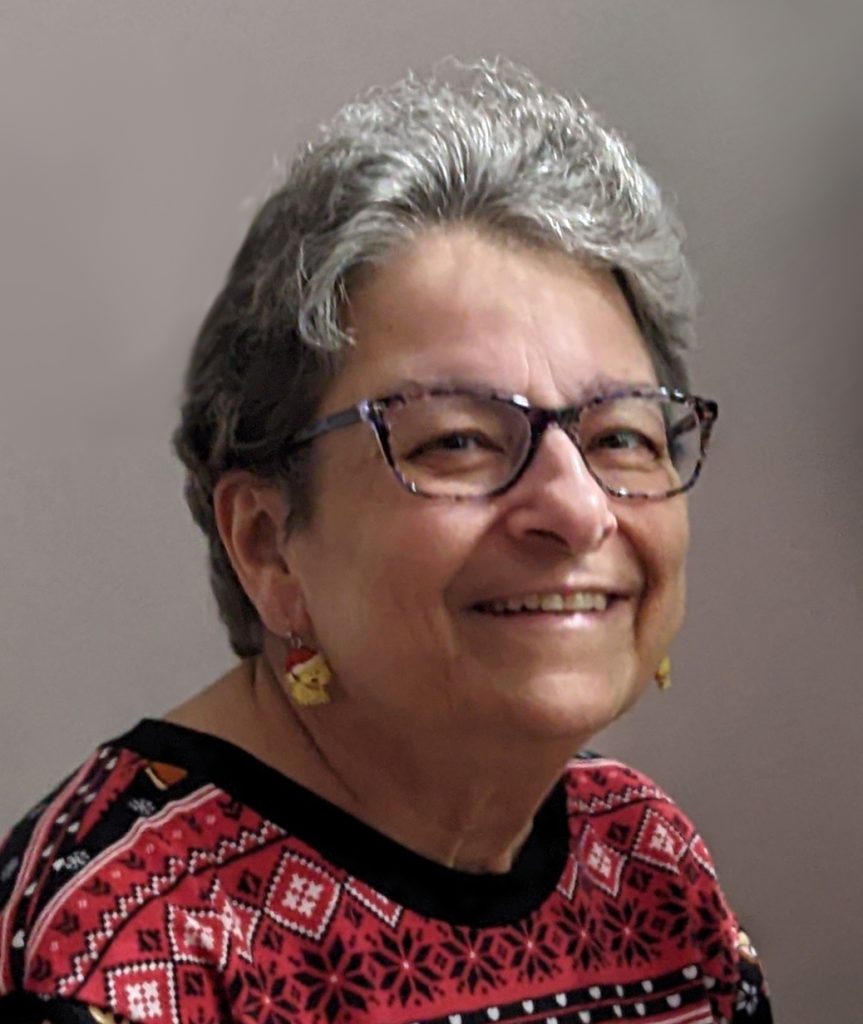Get your team together to challenge friends and neighbors in a battle of wits at the Third Annual Lizzy T Trivia Bee – Friday, April 5 at 7pm at the Marion Music Hall. $200 for team registration, team sizes limited to 5-6 people. Silent auction, cash bar and free table snacks available. Spaces are limited, get your registration form at the library. All proceeds benefit the Elizabeth Taber Library.
Storytimes for all ages, Wednesdays and Thursdays at 10:30 am.
For more information on the Elizabeth Taber Library, visit us at www.ElizabethTaberLibrary.org or call us at 508-748-1252.
